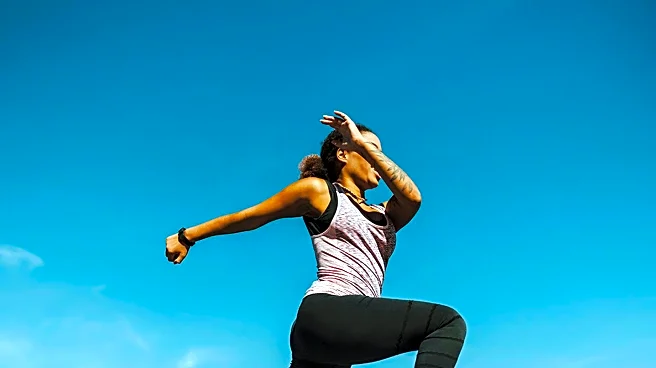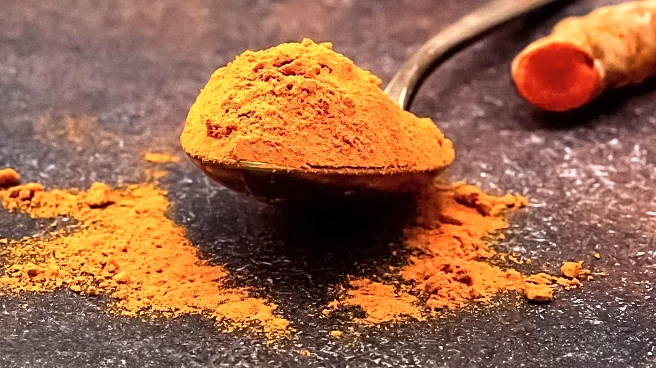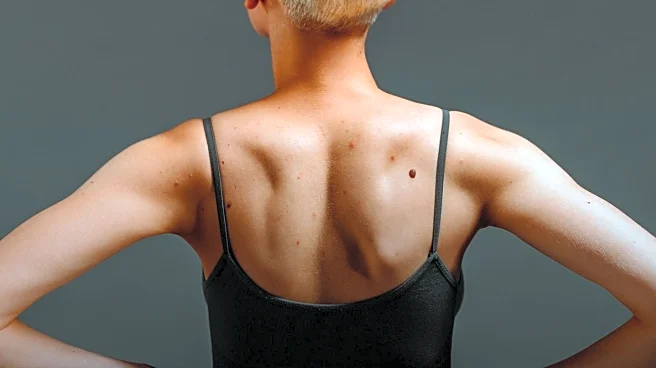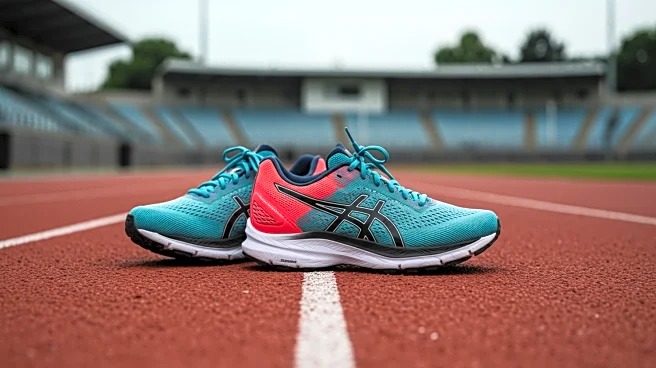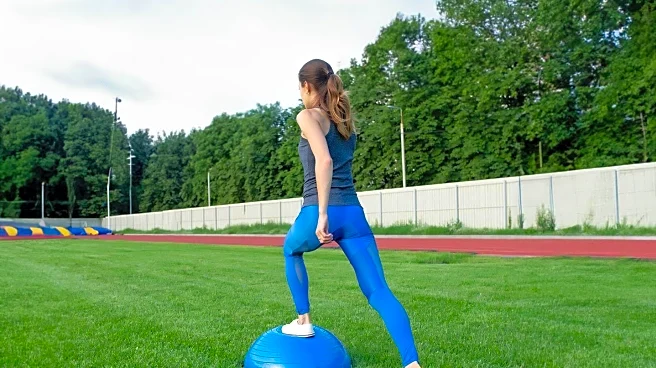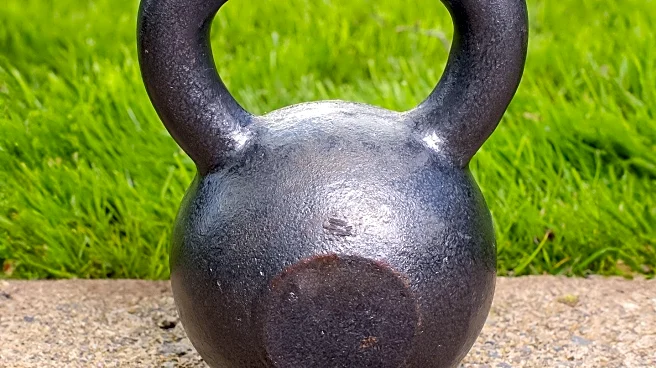What's Happening?
Jump training, characterized by rapid and powerful movements, is gaining popularity as a method to increase bone density, particularly beneficial for women over 35. According to Women's Health, the NHS notes that bone density begins to decline after age 35, making jump training a valuable exercise for midlife women. The LIFTMOR study demonstrated that women over 58 who engaged in high-intensity impact training, including squats and jumping chin-ups, experienced a 3% increase in bone density over eight months. The workout involves various jump exercises, such as squat jumps and box jumps, designed to stimulate bone-building cells through mechanical stress.
Why It's Important?
The resurgence of jump training is significant as it offers a non-invasive method to combat osteoporosis, a condition affecting two-thirds of women. By increasing bone density, jump training can help reduce the risk of fractures and improve overall bone health. This is particularly crucial for women approaching menopause, as declining estrogen levels lead to decreased bone strength. The method provides a proactive approach to maintaining bone health, potentially reducing healthcare costs associated with osteoporosis treatment.
What's Next?
Women interested in jump training should consider starting with low-impact exercises and gradually progress to higher-impact jumps. It is recommended to perform these exercises up to three times a week, either as a warm-up or standalone workout. Those with low bone density or new to jump training should seek professional advice before beginning. The growing interest in jump training may lead to more research and development of tailored programs for different age groups and health conditions.
Beyond the Headlines
Jump training not only benefits bone health but also enhances overall fitness by improving muscle strength and coordination. It may also contribute to better mental health by providing a sense of accomplishment and boosting confidence. As awareness of its benefits grows, jump training could become a staple in fitness routines, encouraging more women to engage in regular physical activity.
